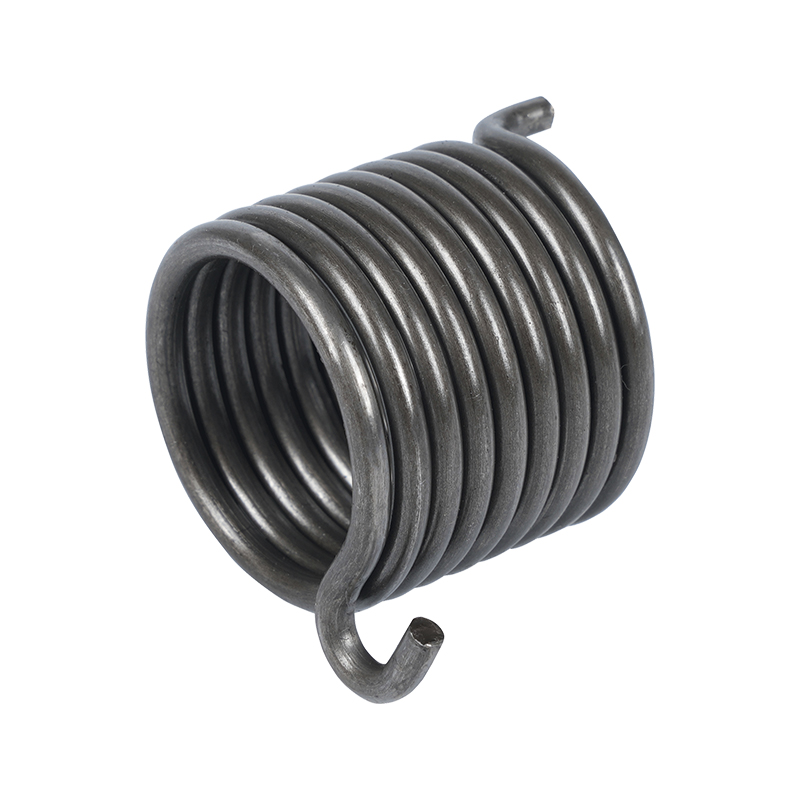Efficiency Meets Reliability: The Rise of Half Bridge IGBT in Power Applications
OEM Half Bridge Single Igbt Module Manufacturer
The half bridge IGBT is a pivotal circuit topology in the field of power electronics, utilizing insulated gate bipolar transistors (IGBTs) to facilitate efficient energy conversion. This configuration combines the high input impedance of MOSFETs with the low conduction losses of bipolar junction transistors (BJTs), making it ideal for applications requiring high voltage and large current handling, such as inverters, electric vehicles, and renewable energy systems.
At its core, the half bridge IGBT circuit consists of two IGBTs and a diode, arranged to alternate their operation. This arrangement allows for the conversion between alternating current (AC) and direct current (DC). The switching functionality of the half bridge IGBT enables precise control over the flow of electricity, effectively managing energy transfer and conversion. By alternating the states of the IGBTs, the circuit can efficiently switch between conducting and non-conducting states, which is essential for applications like motor control and power supply regulation.
One of the key features of the half bridge IGBT is its integration with pulse width modulation (PWM) technology. PWM allows for fine-tuned control of voltage and current, enabling the half bridge IGBT to adjust the output power dynamically. This capability is particularly beneficial in applications such as inverters, where the half bridge IGBT converts DC power from sources like batteries or solar panels into AC power for use in homes and industries. The precision of PWM control ensures that the output waveform closely matches the desired specifications, enhancing the overall efficiency of the system.
Thermal management is another critical aspect of the half bridge IGBT's design. Given that IGBTs generate significant heat during operation, especially in high-power applications, effective cooling solutions are necessary to maintain ideal performance and prevent damage. Heat sinks, cooling fans, and thermal interface materials are commonly employed to dissipate heat and ensure the longevity of the half bridge IGBT modules. Without adequate thermal management, the risk of overheating could cause failure, compromising the reliability of the entire system.
Protection mechanisms are also integral to the functionality of the half bridge IGBT. These circuits are designed to safeguard against overcurrent, overheating, and short circuits, which can severely damage the IGBTs. Implementing robust protection strategies is essential for maintaining the integrity of the half bridge IGBT and ensuring its safe operation in various applications.
The driving circuit for the half bridge IGBT is crucial for its performance. IGBTs require specific gate drive voltages to switch effectively, and the design of these driving circuits can significantly impact the switching speed and efficiency of the IGBT. Properly designed gate drivers ensure that the IGBTs operate within their ideal parameters, reducing switching losses and enhancing overall system performance.
The versatility of the half bridge IGBT configuration has led to its widespread adoption across multiple industries. In variable frequency drives, the half bridge IGBT is employed to control motor speed, improving energy efficiency and performance. In electric vehicles, it facilitates the energy transfer between the battery and the motor, optimizing the vehicle's operation. Solar inverters utilize the half bridge IGBT to convert the DC output from solar panels into AC power, making it suitable for grid connection or local consumption.
Moreover, the half bridge IGBT is essential in uninterruptible power supplies (UPS), providing stable power during outages and ensuring that critical systems remain operational. In industrial applications, the half bridge IGBT is used for precise control of motor speed and torque, enhancing productivity and efficiency in manufacturing processes.
Despite the relatively high cost of IGBTs, their efficiency and longevity make them a cost-effective choice in many applications. The modular design of half bridge IGBT systems allows for easy integration and scalability, further enhancing their appeal in various engineering solutions. As technology advances, the half bridge IGBT continues to evolve, offering improved performance and reliability for future power electronic applications.
In summary, the half bridge IGBT is a fundamental component in modern power electronics, providing efficient energy conversion and control across a wide range of applications. Its design principles, including effective thermal management, robust protection mechanisms, and precise driving circuits, contribute to its effectiveness in various sectors, from renewable energy to industrial automation. The ongoing development of half bridge IGBT technology promises to enhance its capabilities, ensuring its relevance in the ever-evolving landscape of power electronics.


 English
English русский
русский Español
Español











